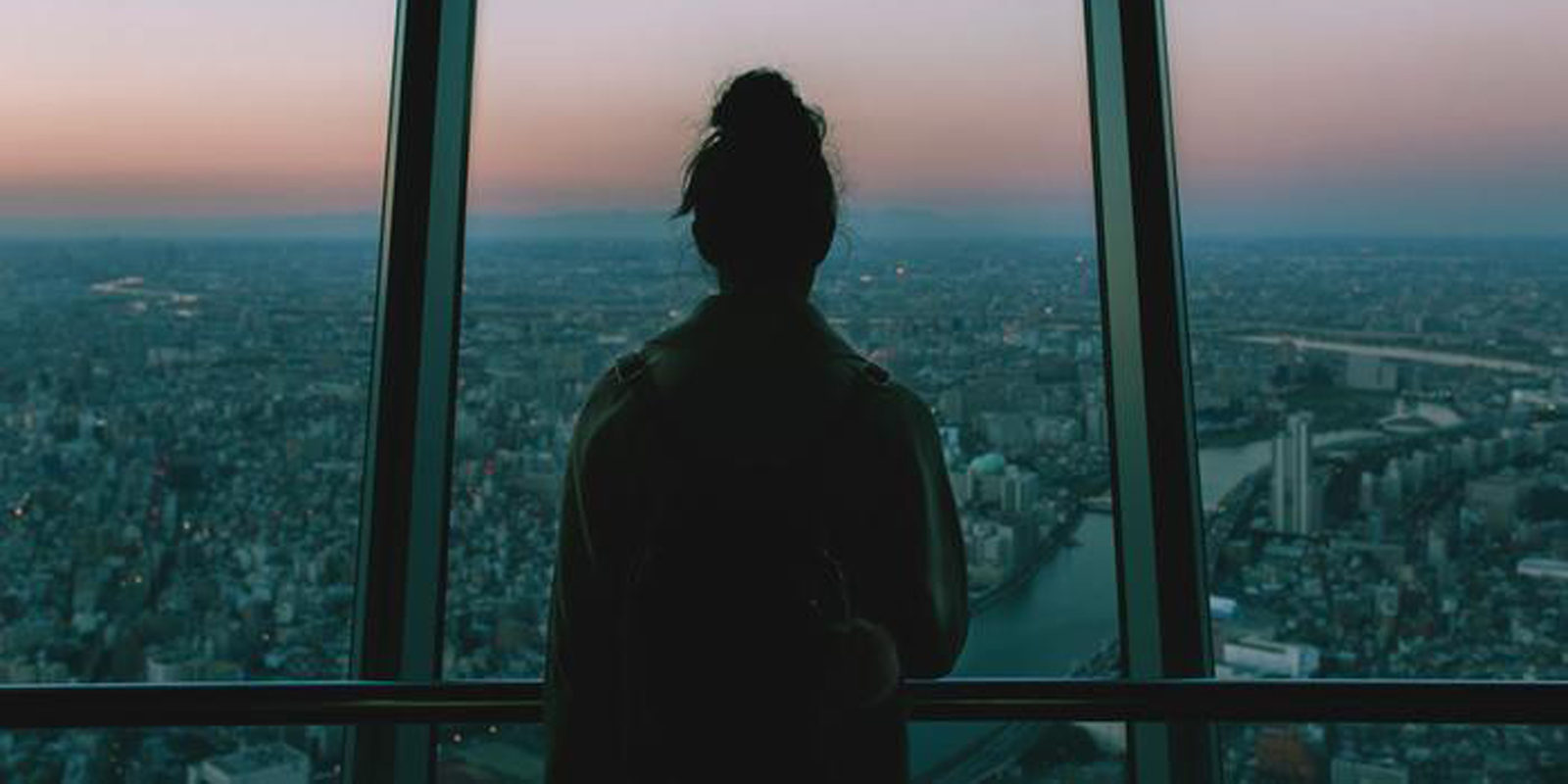There are two varieties of isolation.
There’s physical isolation, a situation in which you’re simply not around anyone else. And there’s perceived social isolation, often referred to as loneliness, a situation in which you could be standing in the middle of a crowded room, or living in a bustling city, and yet still feel an overpowering sense of isolation.
“It’s loneliness that has the most dramatic impact on people,” says Karen Smith, a post-doctoral student in the Department of Psychology who has extensively studied variability in individuals’ reactions to stress, including loneliness. “It’s the perception that you don’t have support or meaningful relationships.”

That distinction takes on an additional weight in a global environment rocked by the ongoing COVID-19 pandemic. Both health and government officials have touted the importance of social distancing and self-isolation as strategies to help contain the spread of the virus. But for some, self-isolation can exacerbate existing loneliness to a concerning level. Though we are all sheltering apart from society right now, the concept of being “together alone” may not comfort those who suffer from debilitating loneliness.
That makes finding strategies to recognize, manage and minimize it even more important. As Smith points out, physical isolation doesn’t have to lead to social isolation.
“Loneliness can be a very difficult thing to intervene with,” she says. “It’s not something you can fix by just putting someone with others. You have to change how they’re perceiving their world.”
The first step toward achieving that seems obvious. Engaging people in any safe, virtual way—by phone, text, FaceTime—can make a real difference for individuals experiencing severe loneliness. In other words, the concept of “just checking in” has never been more important.
So, too, is regulating the ways in which lonely individuals interact with information about the world outside. One of the effects loneliness can have on people is to make them more attentive to cues of social threats. In the current media maelstrom of frightening reports, and, in some cases, misinformation about COVID-19, news can be a negative influence, rather than a means of connection.
There are also economic impacts to consider. Thousands of people, particularly in the service and hospitality industries, have been laid off or lost their jobs. Thousands more may be struggling not just with loneliness, but anxiety over losses in the stock market.
“Stress is all about how you perceive your environment,” explains Smith. “If you’re feeling like you don’t have control, or the ability to make an impact or change something, that can be very distressing.”
To combat that sense of helplessness, Smith suggests limiting exposure to troubling news—no small feat, given the current circumstances. Focusing instead on positive things, a strategy that could be aided and amplified by friends checking in on a regular basis, may mitigate the stress and loneliness.
For sufferers of loneliness, deploying regulation strategies can also be important. Yoga and meditation, both of which emphasize emotional self-regulation and interconnectedness, have been shown to help reduce feelings of loneliness and stress.
“Recognizing that you’re having these feelings of loneliness is helpful,” she says. “So is working to remind yourself of examples of why you’re not as alone as you think you are.”
If there are silver linings to come out of the COVID-19 crisis, Smith suggests one of them may be a renewed focus on connecting with each other, even if that connection can’t currently be in the same physical space.
“Even before the pandemic, there was a renewed interest in the importance of social support to overall mental health,” says Smith. “Now, it has really surged to the forefront.”
